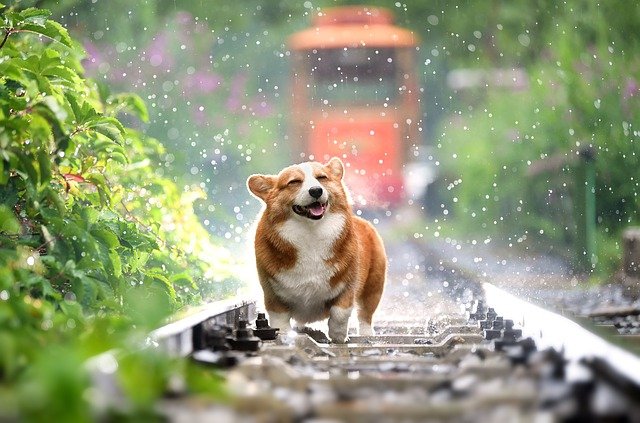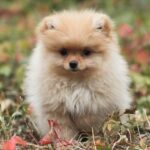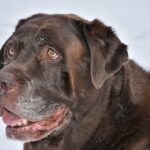You need the right dog grooming equipment to create a masterpiece.
Virginia Parker Guidry
Grooming combines the deft touch of a painter with the precision of a musician. You need the right dog grooming equipment to create a masterpiece. And you must properly use and maintain them.
If you groom your dog, you know it pays to keep expensive clippers and scissors sharp, greased, oiled, free of hair and in perfect working condition. Here are some tips to help you brush up.
Electric clippers and blades
Electric clippers cost more than most other grooming equipment and require the most upkeep to work properly. Surprisingly, many do-it-yourselfers throw away the manufacturer’s packaging which provides specific maintenance instructions. While clippers used at home don’t take the beating that those of a professional groomer do, they do wear with consistent use. Make sure this maintenance is performed on time:
Grease the gear, link and lever lightly every few months.
Oil the bearings – just a drop – occasionally.
Remove brush caps every two or three months and examine carbon brushes. If the clippers don’t start, or if they run slower than usual, the brushes might be worn.
Clear hair from ventilation openings. Take off the end cap periodically. Be careful when screwing it back on; the cap may crack if the screws are tightened too much.
Recondition your clippers at least once a year. Clipper blades need maintenance, too. Regular lubrication reduces wear on the metal cutting edge, keeping the blade sharper, longer. Some tips:
Apply a few drops of oil before clipping. Beware of applying too much; you don’t want excess oil to drip onto your dog’s clean coat. During cutting, you can use a light, spray-on oil that cools and lubricates.
Brush away hair, dirt and other debris from the upper and lower blade teeth. Do not take apart the blades unless you’re sure you can precisely restore the spring tension. Instead, slide the small blade from side to side. You also can dip or soak the blades in certain solvents such as kerosene.
Sharpen the blades. Either send them to the manufacturer or find out who sharpens blades for local professional groomers. Replace blades if you’re told they’re too old or worn to sharpen.
Store blades after use to keep them sharp. Brush out debris and hair, oil lightly and wrap in oiled paper provided by the manufacturer.
Scissors
Groomers are most particular about scissors — and for good reason. Whatever you’re trying to achieve — neatly trimmed feet and bangs or a scissored top knot — you need a good pair of shears. To keep them like new:
Wipe and dry after each use. Place a drop or two of oil on the blades and wipe with a tissue or soft cloth. Do not touch the blades; your hands’ perspiration can mark carbon steel.
Store in the factory sheath and place them in a dry place; dampness and humidity may cause rust on carbon steel.
Oil the screw to maintain smooth action.
Sharpen them periodically. Ask professional groomers who sharpen theirs. You can help keep scissors sharp, though, by avoiding use on a dirty dog. Rough cut, brush and wash the dog before finishing with shears. Or keep several pairs on hand, one for rough cutting, one for finishing.
Also, do not drop shears. The impact will not dull the blades but will affect their alignment. Shears rarely cut well after hitting the floor.
Combs, brushes and trimmers
Clean combs and brushes after each use. Use the comb to remove hair from the brush. Replace if brush pins are missing or bent or if comb pins are missing. Worn out brushes and combs can tear a dog’s coat.
Wipe nail trimmers after each use and replace blades or trimmers when necessary. If the trimmer tears instead of clips, buy a new one. Wipe dry nail files and ear tweezers as well.
Use a spray disinfectant on all equipment; it kills germs and fungus, and prevents mold and mildew.
Store grooming equipment in a sturdy tack box. This way, your delicate instruments will be organized and safe. And you’ll be ready to groom your dog to artistic perfection.





